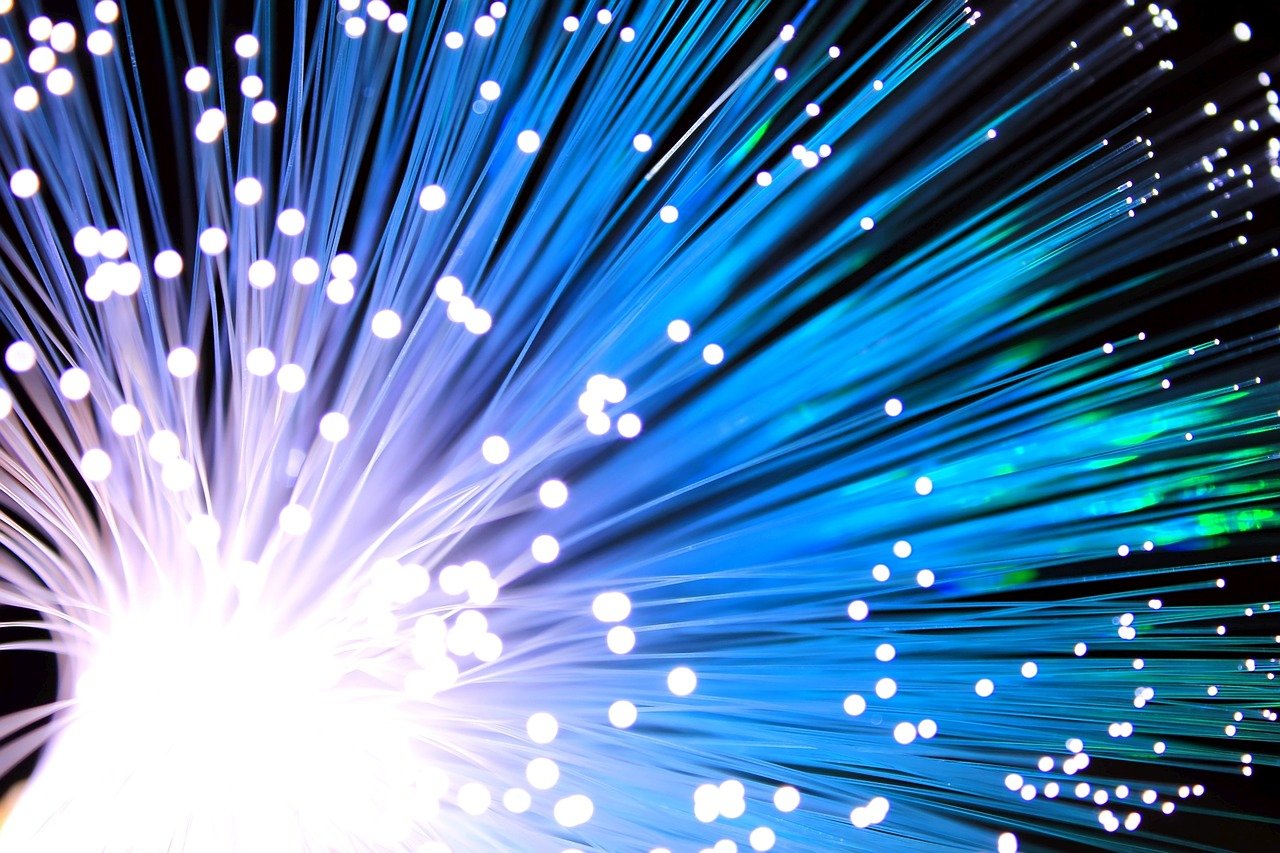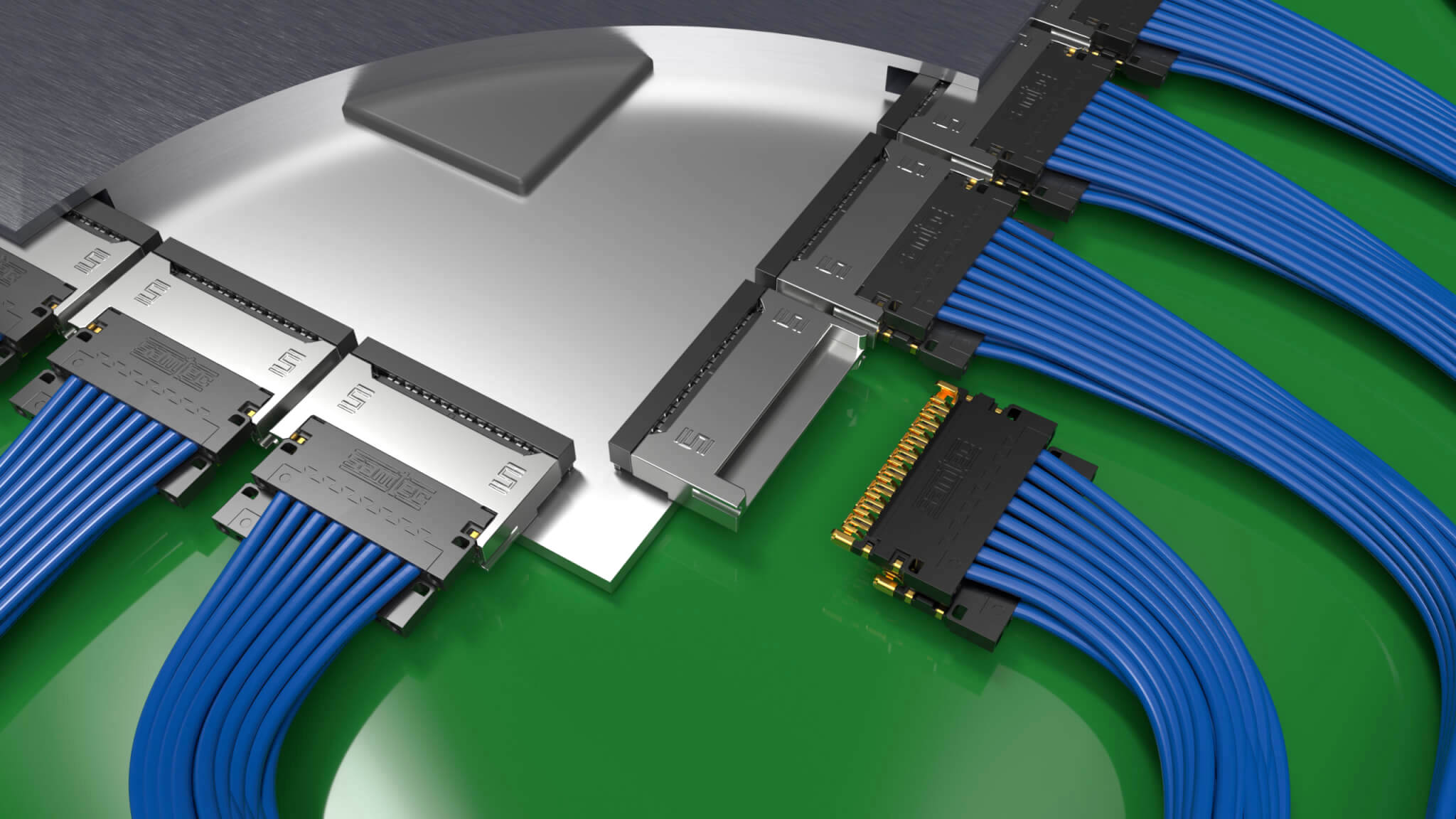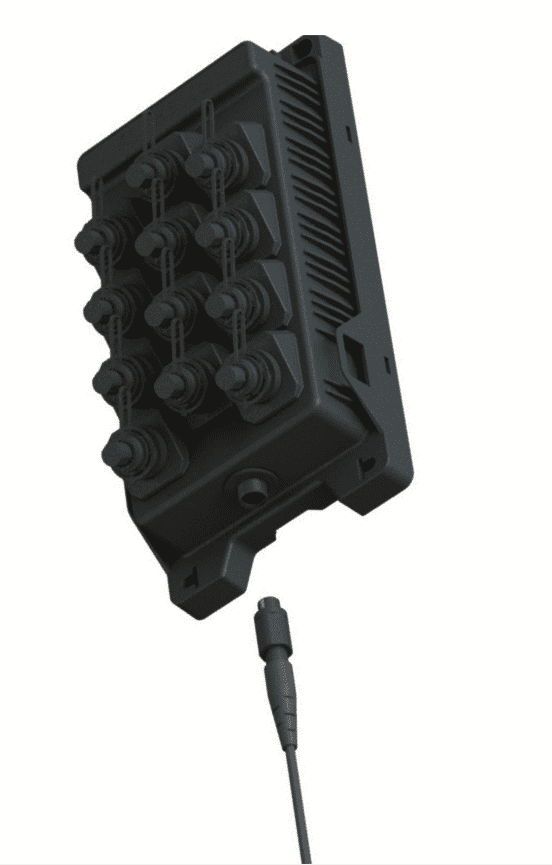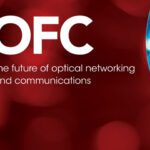The Virtual OFC Conference and Exhibition Goes On
In a highly successful online format, OFC presents the latest developments in 5G communications, intelligent transportation systems, AI, Industry 4.0, quantum computing, and other high-speed technologies that depend on optical networks.
The OFC Conference and Exhibition has been the go-to event for the optics industry since 1979. This forum provides technologists, engineers, product managers, and marketing personnel valuable insight on the status of optical technology today and where the industry is going over the next five years. The 2020 OFC conference was in-person, but several major exhibitors chose not to participate due to the raging pandemic. For 2021, OFC’s traditional winter schedule moved to early June and it became a virtual event, which proved to be exceptionally well organized and productive. The virtual format limited personal interaction but enabled a larger audience than would normally be able to attend a physical meeting.

OFC Conference Virtual Technical Presentations
Spanning six days, the conference featured hundreds of technical presentations, workshops, panel discussions, tech talks, tutorials, and technology showcases hosted by industry experts. The daily schedule featured a series of 30-minute to two-hour presentations that began in the early morning and concluded in the evening. Participants were able to view the live presentation at the designated time or the recorded version later. A question-and-answer period at the end of every live presentation allowed viewers to address specific issues. The range of topics covered broad categories of evolving technologies and products that included:
- Design, modeling, fabrication, and application of silicon photonic circuits
- Security in optical networks
- Next-generation internal and external data center interconnects
- Advanced fiber, lasers, coupling mechanisms, switches, and connectors
- Optical test and measurement equipment and procedures
- The future of pluggable transceivers
- Packaging of integrated optical components
- Optics in 5G applications
- Evolving passive optical networks
- Advanced optical modulation techniques
- The role of machine learning and artificial intelligence in optical systems
- Free-space optical data transmission
- Quantum optical data transmission
- 100, 200, 400, and 800 Gb/s optical channels
- Photonic neural networks
- Next-generation expectations of switch bandwidth
Many more OFC Conference presentations explored the challenges of increasing speed, packing density, and the implementation of next-generation optic technology into rapidly expanding cloud and edge networks.
Trends
It would be impossible to summarize six days of highly technical presentations in the space available here, but within this deluge of information several clear trends quickly became evident.
- Despite its current higher cost, coherent optical data transmission will play an increasingly important role in future optical systems due to its increased data capacity and reach. 800 Gb/s coherent pluggable transceivers are targeting campus and metro applications.
- Energy efficiency has emerged as a critical objective in the design of next-generation optical systems. Chip design with features as small as 3nm are seen as a tool to lower power consumption. The industry is also anticipating lower power SerDes and optic modulators. A new metric of femtojoules per bit will be used to gauge system efficiency as data rates continue to rise, making the current pace of power consumption unsustainable.
- Copper channels operating at 112 Gb/s have been demonstrated, while research into the possibility of 200+ Gb/s channels is ongoing. These data rates may be feasible in shielded twinax cable but would be extremely short in even the most advanced PCB material.
- Many presentations featured co-packaged optics (CPO), seen as a potential successor to pluggable transceivers. This emerging technology offers reduced power, as well as increased bandwidth density. Future switch speeds are expected to reach 51.2 Tb/s, making dense chip beachfront a critical packaging bottleneck. Ranovus announced its CPO 2.0 architecture that features 40% power reduction while utilizing a reduced footprint. This second-generation device is a collaboration of connection technologies from TE Connectivity, IBM, and SENKO. Presenters seemed to broadly assume that CPO will be a key enabling technology, with products expected to ship in 2024. The creation of standards around this technology will be essential to broad utilization.
- Announcement of a new OSFP-XD (extra dense) pluggable from Arista that features 16 channels in the standard OSFP form factor would be capable of supporting up to 3.2 Tb and may become an alternative to co-packaged optics.
- 400 Gb Ethernet (GbE) is in the process of broad deployment while 800 GbE is seen as the next step to support expected data center traffic measured in zettabytes.
- Pluggable 400ZR and ZR+ modules utilizing coherent technology are now either sampling or in initial production in QSFP-DD and OSFP form factors. NeoPhotonics, for instance, announced general availability of QSFP-DD and OSFP 400 ZR coherent transceivers designed for 120 km data center interconnects.
- Fiber optic cable continues to be refined and upgraded. Corning featured several new cables that offer improved bend capability, as well as extremely dense Rocket Ribbon cable with up to 864 fibers. Hollow-core fiber is also gaining attention in latency-sensitive applications.
- Thermal management of dense optical systems is a serious system design concern. The concentration of multiple lasers integrated on a common substrate could raise package temperatures to a point that would impact other temperature-sensitive devices. The use of an external laser introduces a new set of packaging issues.
- Many optical systems utilize PAM4 signaling and face design challenges at 100Gb/s and 200 Gb/s per lane rates. Several technical sessions reviewed alternative PAM5, 6, 7, 8 and 16, along with their trade-offs. Currently, PAM4 appears to be the preferred protocol.
- Clearly the applications for optical data transmission are expanding, in both long-reach campus and metro applications, as well as coming closer to and even inside the box. High- speed optical data links inside the data center will enable support of the massive increase in traffic expected over the next five years.
Virtual Exhibit Hall
The OFC Conference virtual exhibit hall featured over 200 optical device and software manufacturers, including connector suppliers Samtec, Amphenol, HUBER+SUHNER, 3M, and SENKO. The Amphenol booth featured a wide variety of pluggable optical transceivers, active optical cables, and the Multiport Terminal system. HUBER+SUHNER showed its cable management systems as well as switches. Samtec demonstrated its Firefly™ mid-board optical transceivers, which are interchangeable with their copper Flyover™ cables. The company also featured high-speed board-to-board connectors and cables, including the Si-Fly™ cable-to-module interconnect. 3M touted its unique expanded beam connector system that utilizes a series of integrated mirrors at the separable interface to minimize loss due to contamination. SENKO featured its array of high-performance optical connectors including its CS, MPO plus, SN, SNMT and Fiber to the Antenna connectors.
The ability to present such a complex technical conference and exhibition so effectively via video conferencing is evidence of how the virus pandemic has spurred innovation, created new modes of communication, and changed our expectations of information delivery. The pace of adoption has been set, making massive five-year forecasts of internet traffic growth credible. Optical links between the data center, cloud, edge, and home will be a key enabler of this continuing transformation.
Like this article? Check out our other New Technology, 5G, and networking articles, our Datacom/Telecom and Transportation Market Pages, and our 2021 and 2020 Article Archives.
- Optics Outpace Copper at OFC 2024 - April 16, 2024
- Digital Lighting Enhances your Theatrical Experience - March 5, 2024
- DesignCon 2024 in Review - February 13, 2024









